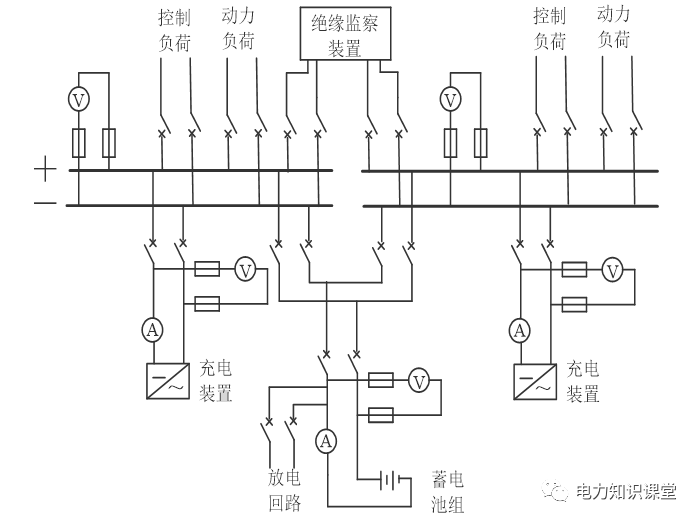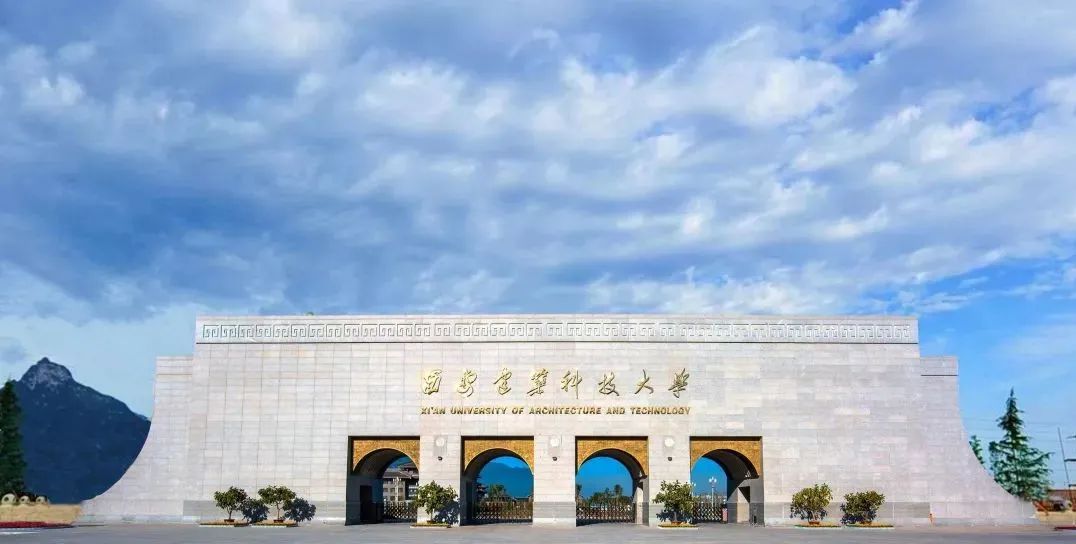The ancient architecture of our country has experienced three historical stages: primitive society, slave society and feudal society, among which the feudal society is the main stage to form the classical architecture of our country
.
After a long period of feudal society, Chinese ancient architecture has gradually formed a mature and unique system, which has made outstanding creation and contribution in urban planning, architectural complex, gardens, dwellings and other aspects, as well as in the treatment of architectural space, the harmonious unity of architectural art and material structure, design methods, construction technology and other aspects
.
1、 The development of the architectural types in the northern area: cave dwelling, semi cave dwelling, mountain dwelling, flat dwelling, wooden bone and mud wall building
.
2
.
The development of the architectural types in the southern area: nest dwelling, dry appendix building 3
.
Hemudu building site in Yuyao, Zhejiang is the earliest building site with mortise and tenon technology known in China
.
2
.
Slave society buildings (Xia, Shang, Zhou and spring and Autumn) 1
.
The combination of traditional Chinese courtyard buildings in Xia Dynasty has begun to take shape
.
The No.1 Palace site in Erlitou, Yanshi, Henan is the earliest large-scale wooden frame rammed earth building and courtyard in China Examples of
.
2
.
In the Shang Dynasty, the development of handicraft industry and the progress of production tools greatly improved the level of construction technology
.
Both the platform base and the “si’a Ding” have become the standard forms
.
The house adopts the wood skeleton structure, and the courtyard group appears
.
3
.
The appearance of Western Zhou Zhou rites had a great influence on Chinese society, indicating that China’s hierarchy system had been formed; there were corresponding hierarchy regulations in terms of architectural form, color and decoration
.
The early Zhou ruins of Fengchao village in Qishan, Shaanxi Province are the earliest and most rigorous example of quadrangle in China
.
The invention of tile made the architecture of the Western Zhou Dynasty break away from the primitive state of “MAOCI steps” – tile is a prominent achievement in the architecture of the Western Zhou Dynasty
.
In the middle and late period of Western Zhou Dynasty, there appeared the column head sitting bucket (found from the bronze “Ling”)
.
4
.
In the spring and Autumn period, iron and tile were commonly used, and the theoretical work “Zhou Li Kao Gong Ji” appeared
.
Hollow bricks appeared and a large number of high-rise buildings were built
.
It is said that the famous carpenter Gong shuban (Luban) was a craftsman in the spring and Autumn period
.
3、 Architecture in the early period of feudal society (from the Warring States period to the northern and Southern Dynasties) 1
.
The tenon and mortise of the wooden coffin in the Warring States period and the Warring States period were made accurately and in various forms, which reflected that the woodworking technology at that time reached a considerable level
.
Mozi describes the principles and construction methods of gate, wall, tower, turret and enemy tower
.
Kao Gong Ji · craftsmen Ying State recorded the scale of city roads at all levels and the restrictions on the height of the city
.
However, judging from the situation of the above-mentioned city sites, at that time, countries competed to build high cities, and these regulations were not observed
.
2
.
Qin Dynasty – after the first emperor of Qin unified the whole country, he unified the laws, currency, measurement and writing, and gathered 120000 princes and rich families from six countries to move to Xianyang, driving prisoners of war to build the capital, the Great Wall, palaces and mausoleums
.
Xianyang, the capital of Qin Dynasty, has a unique layout
.
It abandoned the traditional system of city outline and built many “Li Gong” in the north and south of Weishui river
.
The rammed earth platform left by Afang palace is about 1 km from east to west, 0.5 km from north to south, and about 8 meters high at the rear
.
In recent years, large-scale burial pits of terracotta warriors and horses have been found in the eastern side of Lishan mausoleum
.
3
.
Han Dynasty – Han Dynasty was in the rising period of feudal society
.
The development of social productive forces promoted the significant progress of architecture, forming another prosperous period in the history of ancient Chinese architecture
.
Its outstanding performance was that the wooden frame architecture gradually matured, the masonry architecture and arch structure had great development, and the two common wooden structures of later generations, the beam lifting type and the bucket piercing type, had been formed The top of veranda is the most common
.
In the Han Dynasty, large-scale construction of capitals and palaces followed the system of Li Fang, which greatly promoted the funeral custom
.
Chang’an of the Han Dynasty was built on the basis of the original Li Palace (xingle Palace) in Xianyang of the Qin Dynasty
.
Later, the tombs of Weiyang palace, Beigong palace and Guigong were built
.
The tombs of the Western Han Dynasty were mainly brick tombs, and most of the domed tombs were square truncated cone earth carvings
.
There are three main forms: Brick tomb, cliff tomb and stone tomb
.
Brick tomb, Han Dynasty using large hollow brick (strip brick, wedge brick, tongue and groove brick) masonry from the tomb
.
Cliff tombs are tombstone tombs excavated from cliff stones
.
There are two forms: stone beam slab and stone arch tomb
.
Shiliangpan tomb: the Yinan stone tomb in Dongshan between the Three Kingdoms in the late Eastern Han Dynasty is composed of beams, columns and slabs
.
Stone arched tomb: its masonry method is similar to that of brick arched tomb, and its construction technology is becoming more and more mature
.
Brick and brick making technology, hollow brick, wedge brick, tongue and groove brick, wedge tongue and groove brick
.
With the development of wooden frame architecture, two kinds of common wooden frame structures are found in the residential drawings of brick portraits, i.e
.
overlapping beam type and Chuandou type
.
Dougong, as one of the prominent features of Chinese wooden frame architecture, was widely used in Han Dynasty
.
The most common roof forms are the hanging peak and the veranda roof, and the zanjian, Xieshan and dunding roofs have been used, which shows that Chinese architecture, as a unique system, has basically formed
.
4
.
The Three Kingdoms, the Wei and Jin Dynasties, and the northern and Southern Dynasties are not as creative and innovative as the two Han Dynasties in architecture, basically inheriting and applying the achievements of the Han Dynasty
.
The most prominent architectural types in this period are Buddhist temples, pagodas and grottoes
.
Yongning Temple in Luoyang in the Northern Wei Dynasty is the largest Buddhist Temple (a famous temple built by the royal family)
.
There is a pagoda in the middle with doors on all sides
.
Behind the pagoda is the Buddha Hall
.
The pagoda is the main object of worship
.
Many Buddhist temples in Luoyang in the Northern Wei Dynasty were rebuilt from aristocratic bureaucrat’s residences
.
At that time, the popular custom of “giving up residence as a temple” was that the Buddhist pagoda was built by burying the relic (the remains of Sakyamuni at the beginning) for worshiping Buddhists
.
After it was spread to China, it was reduced to a pagoda temple
.
Its evolution: from the stupa à Du Po in India to the relic tower to the log tower, the local tower brake was set
.
The grotto temple is a cave type Buddhist temple excavated from the cliff
.
In the Han Dynasty, there were a large number of cliff tombs in China, and the construction technology of digging caves was mastered
.
The grottoes can be divided into three types: the tower courtyard type, with the tower as the center, which is called Zhiti Grottoes in India
.
That is to say, the central pillar of the Grottoes is carved into the image of the pagoda, which is the same concept as the pagoda as the center of the early Buddhist temples
.
The main content of the temple type is the Buddha statue, which is equivalent to the Buddha Hall in the general temple
.
The monastery type is mainly used for monks to practice, and its layout is the Buddha statue in the cave
.
In the middle and late period of feudal society (SUI, Tang, song, yuan, Ming and Qing Dynasties), generally, after entering the gate, it first extended to both sides, then extended forward, and then returned to the middle from both sides before the next gate
.
In the courtyard, the plagiarism corridor is arranged along the outer edge of the courtyard
.
It looks like a person’s arms and hands form a ring when he plagiarizes his hands (holding them together)
.
1
.
The Anji bridge in Zhaoxian County of Sui and Hebei provinces is composed of 28 stone arches, with a span of 37 meters and a height of 7.34 meters
.
It is a treasure of ancient stone architecture in China and the earliest open shouldered arch bridge in the world
.
2
.
Palace architecture in Tang Dynasty has a large scale and complete planning
.
Religious architecture, Buddhist temples, pagodas, murals, carved caves
.
Wooden architecture, technical, standardized, stylized
.
The processing of masonry materials is becoming more and more sophisticated
.
Chang’an of Tang Dynasty developed on the basis of Daxing of Sui Dynasty
.
Although the main palace, Hanyuan palace in the Daming Palace, basically followed the layout of the Sui Dynasty in the Tang Dynasty, the main palace moved to the northeast of Daming Palace, and the courtiers and nobles concentrated in the east city, so that the center of gravity of the city shifted to one side, and the Lifang system was still stubbornly maintained
.
Religious buildings and pagodas were mainly made of bricks and stones at that time
.
Although most of the wooden buildings and pagodas were built in the Tang Dynasty, they were flammable and often caught fire
.
All the preserved Tang pagodas were made of bricks and stones
.
In Tang Dynasty, there were three types of brick towers: Pavilion style, dense eaves style and single-layer tower.
.



